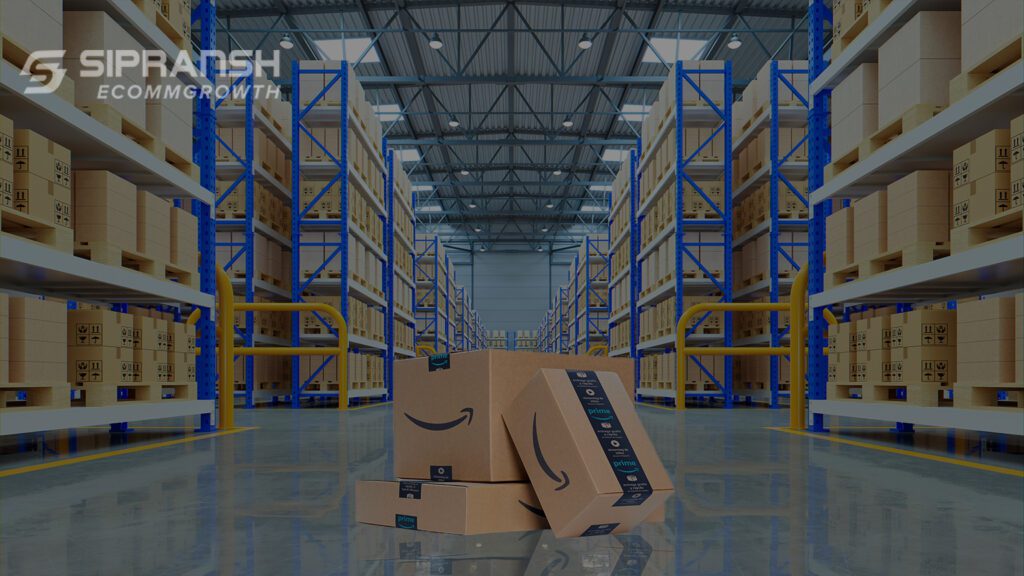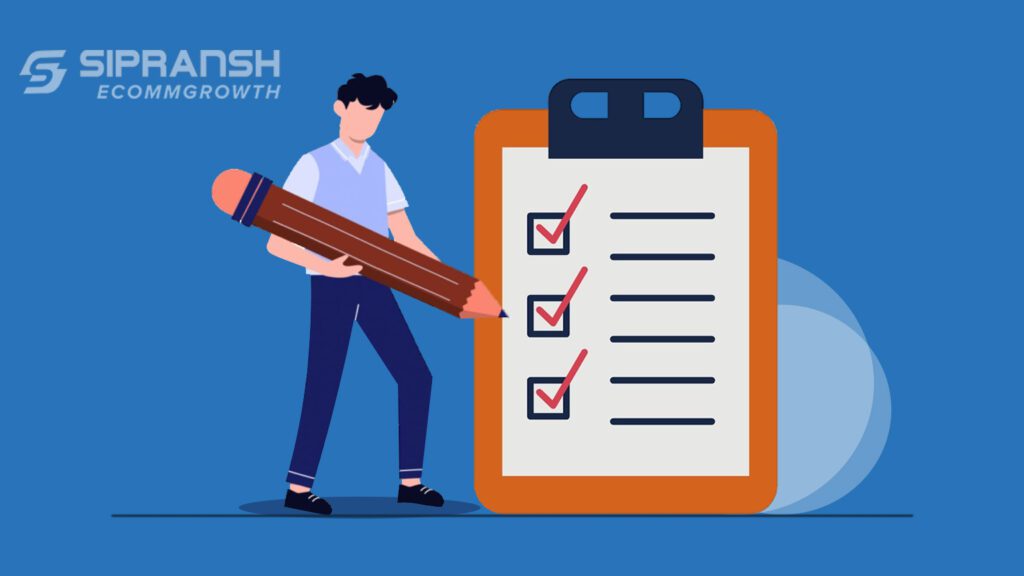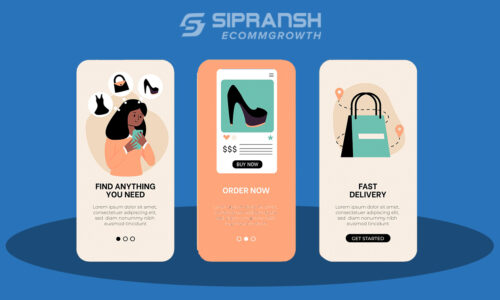
Amazon is not just for big brands. Anyone can sell on Amazon. Whether you’ve already got an established eCommerce business on any other platform, a terrific idea for a new product, or a passion for selling, you can start your business on Amazon anytime. Amazon evolves with a rise in opportunities to build an eCommerce business by selling on the site.
However, starting to sell on Amazon can be difficult. Our blog will cover how you can begin your business on Amazon.
1. Choose A Selling Plan: Amazon provides two options when it comes to Amazon’s seller’s plan. The first is Individual, and the other one is Professional. Before you think about how to sign up for an Amazon seller account, you should consider what these plans offer and which is better suitable to the kind of seller you want to be. You can always switch before to another option, so your first choice is not a forever choice. The plans are described below:
Individual Plan
With the Individual plan, you’ll pay $0.99 every time you sell an item, and you can sell on a smaller scale. Also, in an individual plan, your products will not be eligible for the Buy Box, and you won’t have the ability to advertise your products on Amazon. However, you can add new products to the Amazon catalog & grow your business with Amazon FBA.
This plan might be right for you if:
- You sell less than 40 units a month
- You’re still deciding what to sell
- You don’t plan to use advanced selling tools
Professional Plan
The Professional plan costs $39.99 / month, no matter how many items you sell. A Professional plan lets you use inventory management tools and order management tools. It also gives you access to the Amazon Market Web Service for uploading and receiving reports. With the Professional Plan, you can also benefit from Amazon’s promotions with free shipping, gift services, and other special listing features.
This plan is right for you if:
- You want to sell more than 40 units in a month
- You want to advertise your products
- You want to qualify for the highest placement on product detail pages
- You want to use advanced selling tools
- You will sell your products in restricted categories
For both plans, Amazon also collects a referral fee on each sale as a percentage of the total transaction and varies by product category.
2. Decide Your Business Model: If you are confused about which business model is best for your product, you have come to the right place. There are six popular Amazon business models sellers use to sell products on the platform (detailed below) that will help you understand the suitable business model for the product you want to sell.
- Retail Arbitrage: Retail arbitrage is discovering low-cost or discount goods in brick-and-mortar retail stores to resell online. The profits that retail arbitrage sellers on Amazon earn are the difference between the price for which they can sell the product on Amazon minus Amazon’s fees and the product’s original cost.
- Online Arbitrage: Online arbitrage is finding a low-cost or discount product on one website or online marketplace to resell on another.
- Wholesale: Wholesaling is buying low-cost or discounted goods in bulk to sell as individual units in a retail marketplace. Usually, wholesale products already have listings created on Amazon.
- Private Label: Private label is the process of a retailer rebranding/renaming a product that exists already on their brand or label. Amazon Essentials and AmazonBasics is a Private Label. It is the most popular Amazon business model, with 67% of sellers using this method to sell on the platform.
- Dropshipping: Dropshipping is a business model where an Amazon seller does not keep their product inventory but instead transfers their customers’ orders directly to the manufacturer or supplier.
- Handmade: Amazon’s handmade sellers are people who create their products (“by hand”) to sell on the Amazon marketplace.
- Here are a few examples- jewelry, accessories, home decor, etc.
3. Select The Fulfilment Centre For Your Business

We will provide you with an overview of Amazon’s fulfillment options: Fulfillment by Amazon (FBA), Fulfillment by Merchant (FBM), and Seller Fulfilled Prime (SFP). We will help you decide which option is the best for your business.
Fulfillment by Amazon (FBA)
Amazon manages your inventory at their fulfillment centers and will pick, pack, and ship orders to your customers in FBA. The seller is responsible for the fees, including storage and fulfillment fees.
Fulfilled by Merchant (FBM)
FBM (also known as Merchant Fulfilled Network or MFN) is when sellers ship and manage their products from their facilities when an order is put on Amazon. Sellers are responsible for stocking and storing inventory, fulfilling orders, handling returns, and working directly with the customer. FBM sellers do not get the Prime badge on their listings.
Seller Fulfilled Prime (SFP)
SFP allows sellers to sell their products on Amazon with the prime badge while storing and fulfilling their inventory from the warehouse or at their 3PL partner. It will enable you to use prime shipping.
4. Consider The Product(s) You’re Going To Sell: You may be ready to go if you have a product, but you should still follow this step to validate that your product will have sufficient demand on Amazon. To help you find products to sell that are in request but low in competition, SIPRANSHECOMMGROWTH is here.
5. Create a Seller Account on Amazon: After you finish your plan selection on Amazon, you’ll need to go through the Amazon seller registration process, which is quite simple. You can create a new Amazon seller account with your business email or use your customer account to start selling. Residents of these countries are eligible.

Read the below details before signing in:
- Business email address or Amazon customer account
- Internationally chargeable credit card
- Government ID
- Tax information
- Phone number
- A bank account where Amazon can send you earnings from your sales
Final Thoughts
When you decide to enter Amazon as a Seller. SIPRANSHECOMMGROWTH will assist you in gathering all the required documentation for the seller account opening. Opening a Seller account requires verifying a fair company with a registered VAT number and the primary user for the account. Sometimes the registration might need extra information/documentation. We will assist you with all requirements until your seller account is open.






